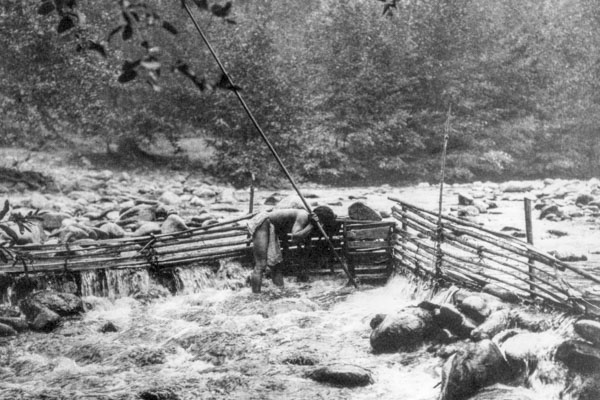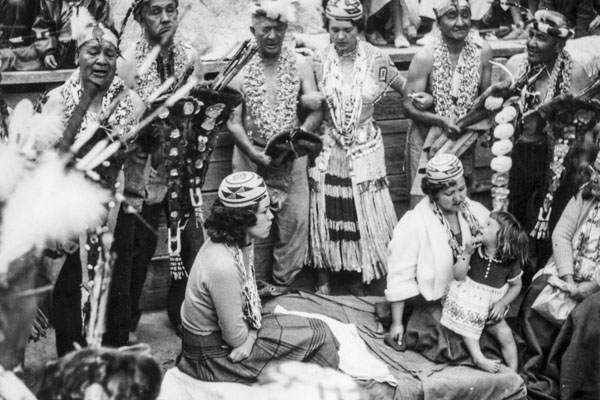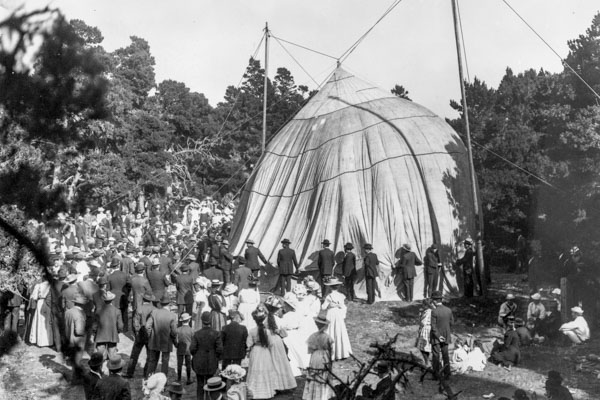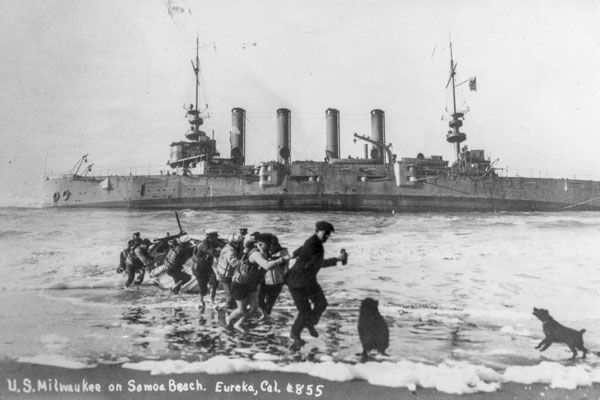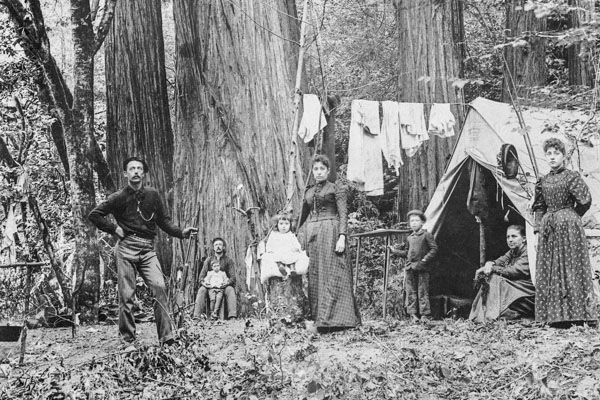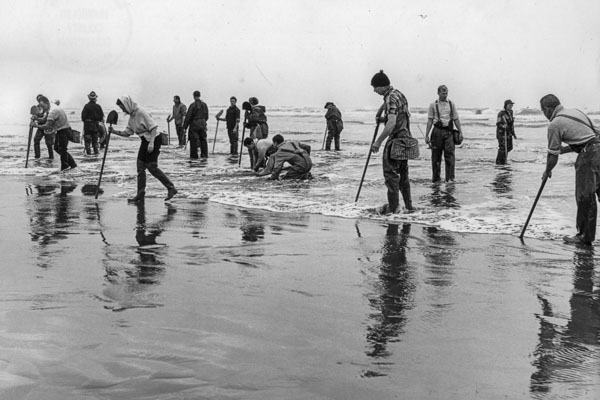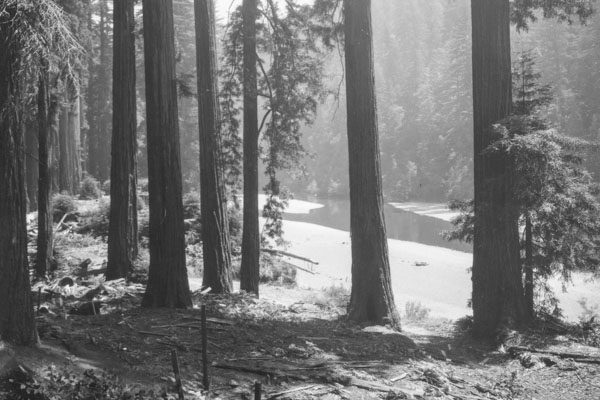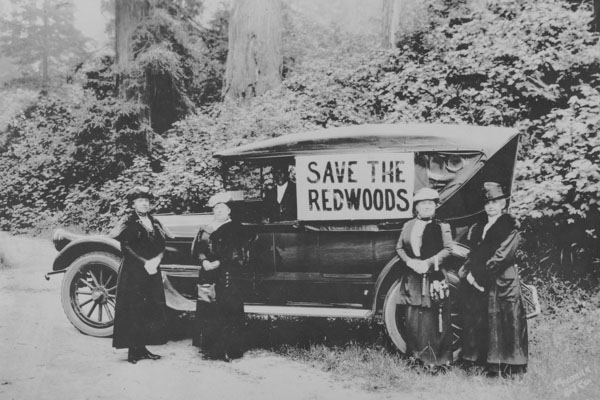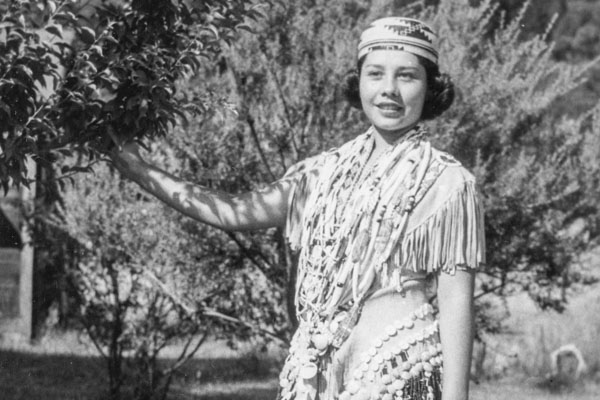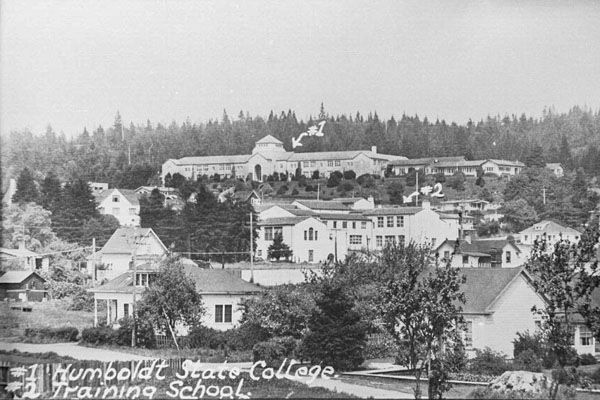You are here
Undergraduate History Research at Humboldt State University: The Arthur Gist Collection (Humboldt Room)
Dr. Suzanne Pasztor
The History Major at Humboldt State University includes a comprehensive core curriculum with a focus on providing students with the tools they need to conduct and present their own historical research. The Introduction to History course (History 210) is an important step in this learning process. In this class, students are exposed to a variety of research tools and strategies, including primary source analysis. As one of the instructors of this course, I began working in 2006 with Joan Berman and Edie Butler of the Humboldt Room in the Cal Poly Humboldt Library (then HSU), to craft a series of what became known as “search and seizure” assignments. The idea was to use the Humboldt Room and the Government Documents collection as laboratories in which students could work directly with primary source material. My goal was to take material covered in the classroom and in the assigned texts, and to have students immediately put into practice what they had learned, through seeking out primary source materials and using such materials to produce a series of brief research papers. By completing these papers, students not only did the work of historians, they were also exposed to several kinds of history: diplomatic, political, social, and cultural.
One unit in the Introduction to History course, on the use of letters as a historical source, presented the opportunity to utilize an archival collection unique to the Humboldt Room: The Arthur F. Gist Papers. Gist was the president of Humboldt State University from 1930 to 1950. His tenure coincided in part with the World War II era. During the war years, the University sent newsletters to its students and alumni in uniform. President Gist himself also corresponded with many of the students and recent graduates (both men and women) who were stationed overseas and stateside. Many of these men and women responded with letters of their own, detailing their lives, commenting on their surroundings, and reminiscing about their time at Humboldt State. While many of these correspondents were hampered by wartime censorship, so that actual news of the war is often sparse, the collection as a whole provides an intriguing glimpse at the wartime experiences of a select group.
In the Spring of 2007, when I offered the Introduction to History course for the second time, I required students to go beyond the Gist collection and to conduct additional research that would help them understand what the war years were like on the home front, particularly at HSU. Accordingly, students were directed to the student newspaper, The Lumberjack, as well as the yearbook, Sempervirens, copies of which are archived in the Humboldt Room. Some students also chose to peruse copies of the university catalogue from the World War II era, to get a sense of how the curriculum might be changing in response to changing times.
Included in this ![]() link is the actual assignment from my Spring 2007 course. Three student papers that are broadly representative of this undergraduate research experience are attached:
link is the actual assignment from my Spring 2007 course. Three student papers that are broadly representative of this undergraduate research experience are attached: ![]() Will Foger,
Will Foger, ![]() Fernando Paz, and
Fernando Paz, and ![]() Will Shull.
Will Shull.
